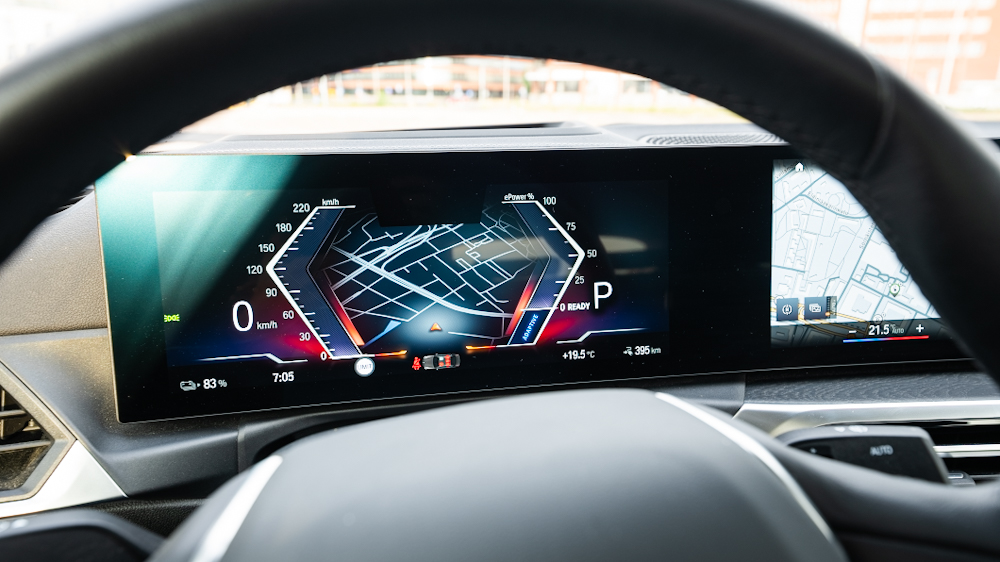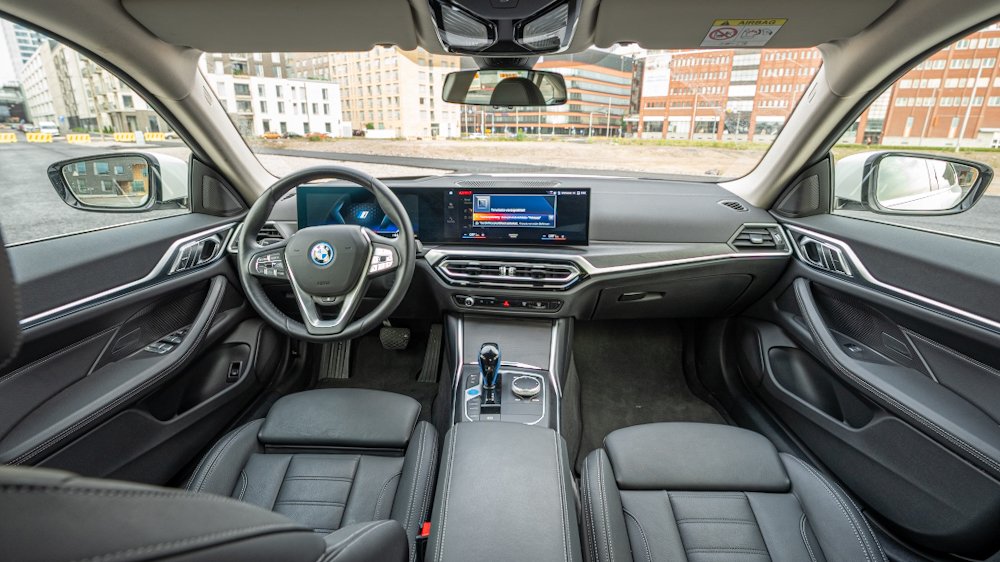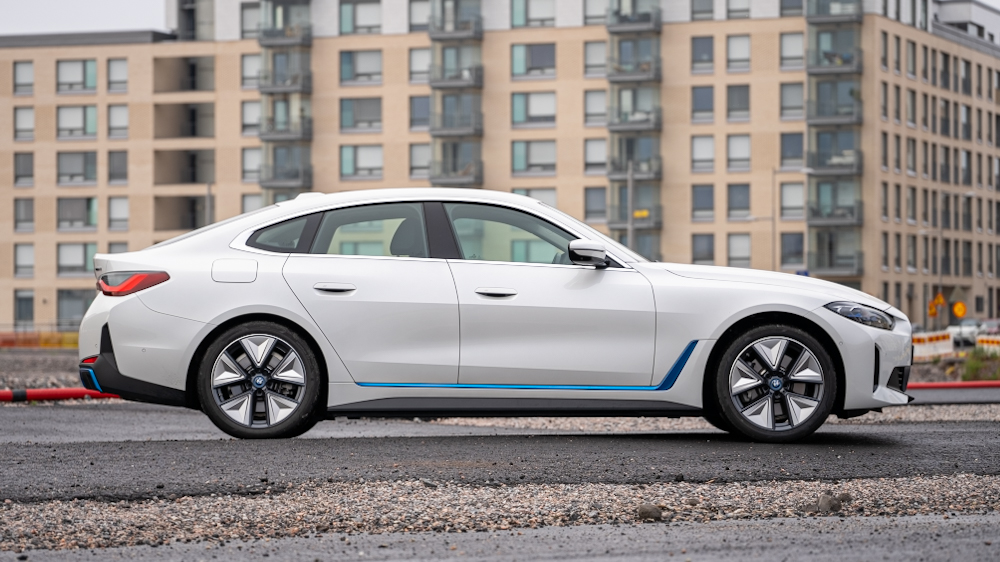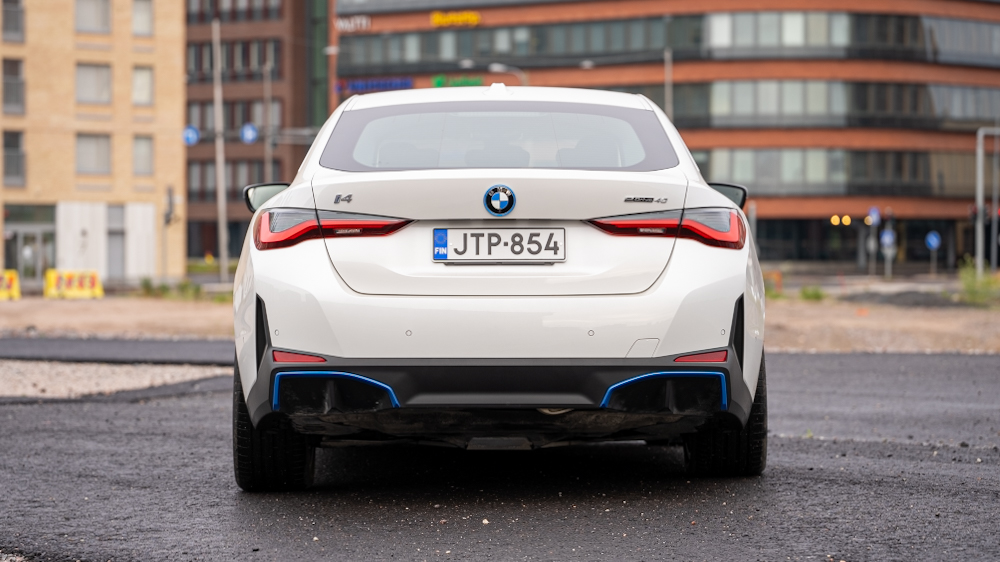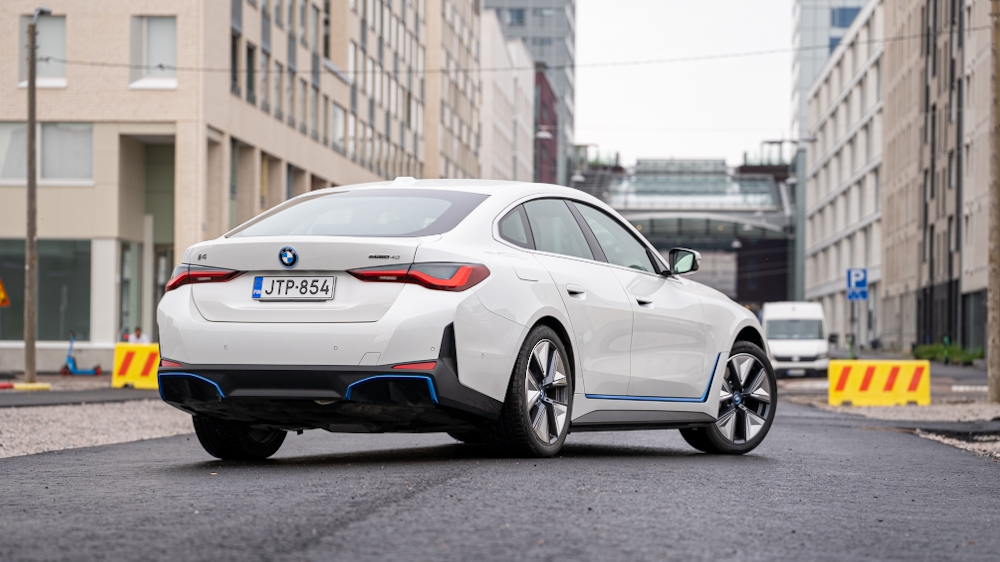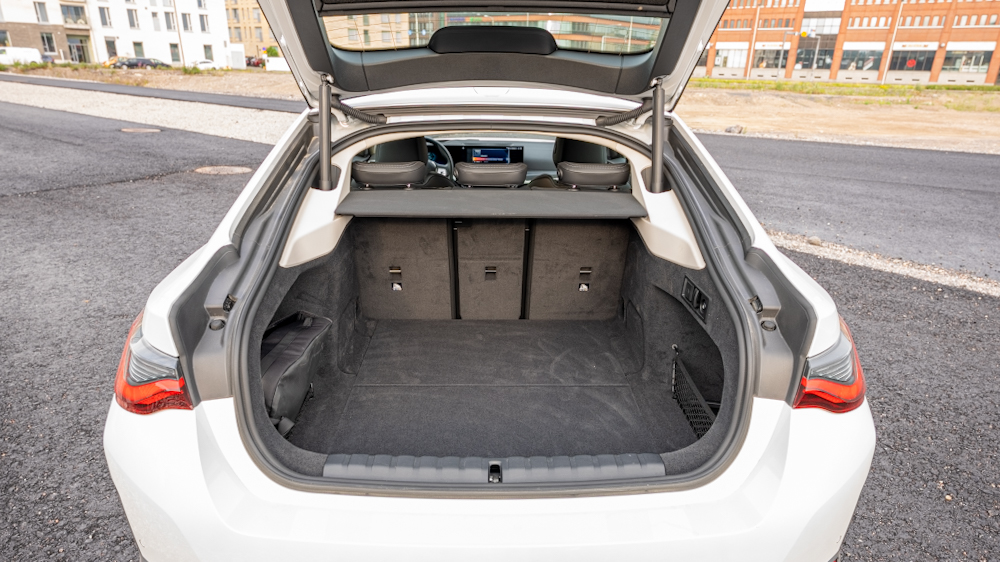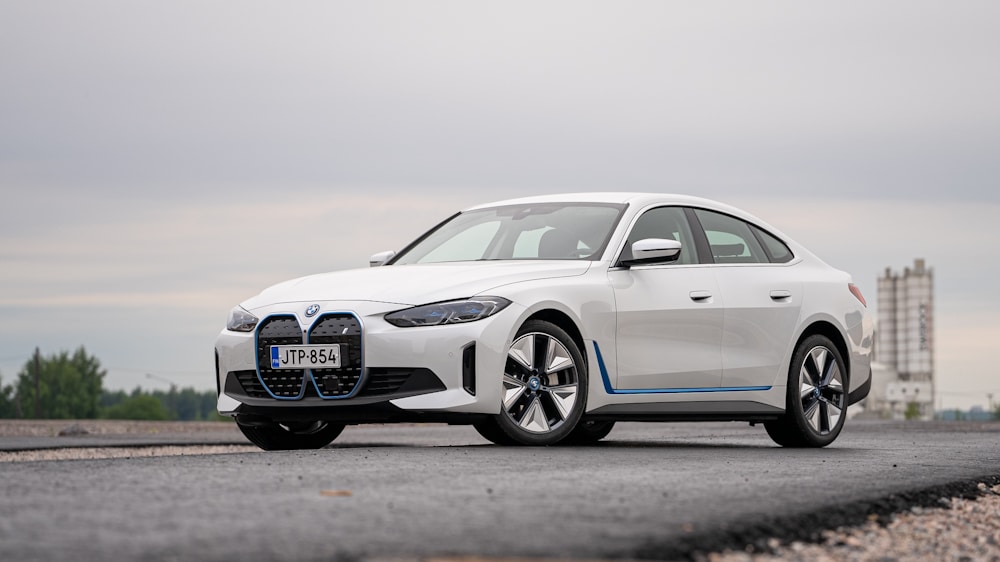The over-enthusiasm of manufacturers and consumers for all that is new and wonderful, brought about by the electronic revolution in motoring, is reflected in many manufacturers’ unworkable solutions, unfulfilled promises and even poor quality of materials.
BMW has been forging ahead with electric models for some time. The first electric BMW prototypes date back as far as the 1970s. The beginning of modern electric BMW models can be seen in the 2013 BMW i3. With its narrow tyres, high body and recycled materials, the car was ahead of its time in many ways.
the i4 is like the 4 Series – for better or worse
The i4 does not represent a big and ‘awkward’ leap into electric car ownership. BMW has made the transition from behind the wheel of an internal combustion engine BMW to the controls of the all-electric i4 as easy as possible. The biggest changes are a large curved dual-screen panel on the dashboard and a powerful direct electric power line.

Inside, the i4 is in many respects a very familiar BMW. In terms of design, the i4 does not break new ground like its big brother, the iX, but retains the familiar design language of the 4-series. Driving ergonomics are one of the best aspects of the cabin and the controls are in familiar places.
In terms of space, the i4 is not the height of grandeur, with limited legroom in the rear and the longer rear seats to squeeze into. Front space and seat adjustments allow for a good driving position and a good view out, but the cabin is still not too spacious.
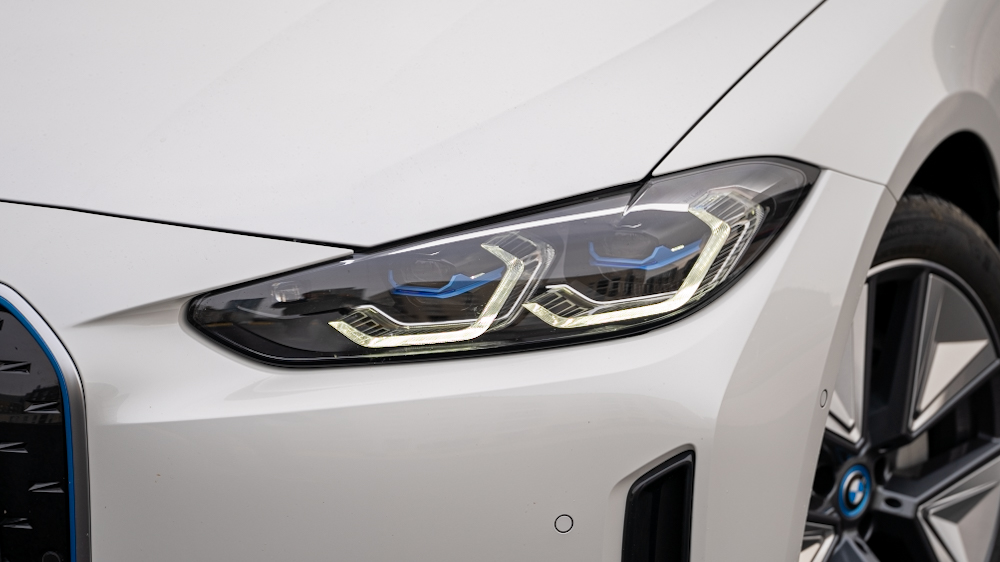
The boot is identical in size to the 4 Series. In its normal size, with the seats up, there are 470 litres and with the seats folded down there are 1290 litres. Loading is aided by a very large tailgate.
A new curved dual-screen (14.9-inch touchscreen and 12.3-inch instrument cluster) panel on the dashboard changes the look of the cabin in a decidedly more modern direction. i4 features BMW’s latest iDrive 8 interface, which offers, among other things, an updated instrument cluster design and wireless support for Apple CarPlay and Android Auto.
Drivability comes at a price
As BMW has proven time and time again with different models, and now with the i4, the driveability is undeniably excellent. Compared to the internal combustion engine 4 Series, the i4 has even more than 400 kg more mass. The extra weight and 2,100 kg kerb weight of the i4 stabilises the driveability and the ride is very stable.
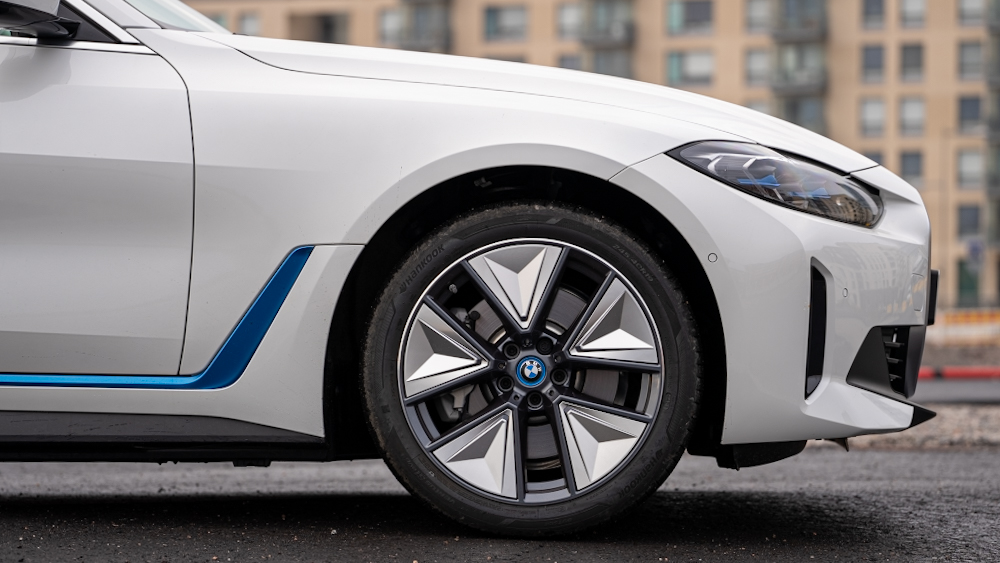
In terms of technical dimensions, the i4 is virtually identical to the 4 Series – only the track width, height and ground clearance differ by a few millimetres. From an electric car perspective, this creates interesting starting points for air resistance and thus electricity consumption.
Whereas electric car models that have been completely redesigned, partly by necessity, usually have a lower drag coefficient, the design of the i4’s internal combustion engine is not reflected negatively, at least not as far as electricity consumption is concerned. i4 can be considered at least economical even at higher speeds in cruising.
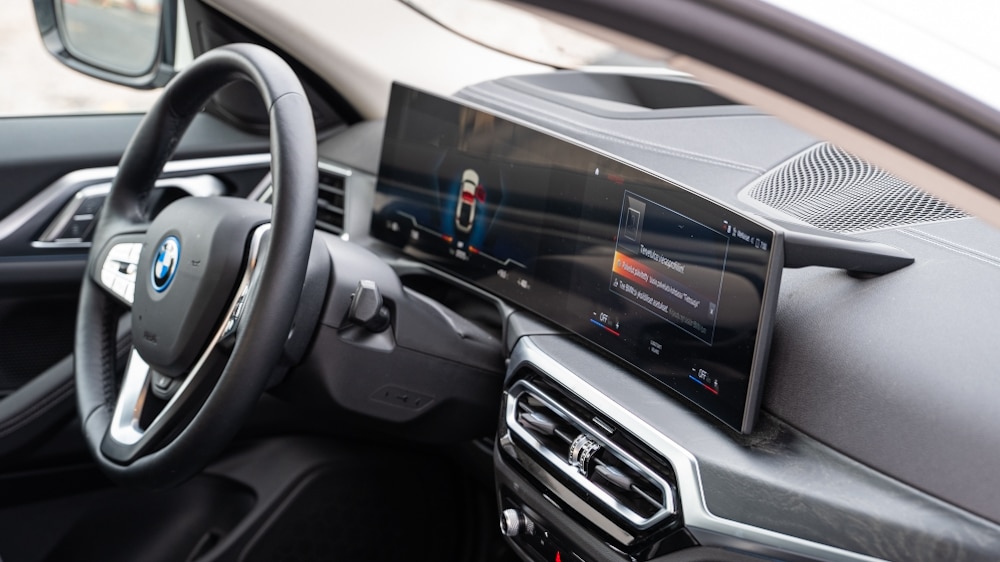
In summer temperatures of around 20 degrees Celsius at 100 km/h, the average consumption was 14 kWh/100 km and at 120 km/h 17.5 kWh/100 km. Average consumption in mixed driving ranged between 16 and 19 kWh/100km, which is practically the same as the manufacturer’s figure (16.1-19.1 kWh/100km).
The manufacturer claims an operating range of 492-590 km, which is achievable in normal everyday driving based on test drive consumption. This is not the reality very often for all-electric models from other manufacturers.
The chassis is surprisingly snappy in the test-driven eDrive40. Drivers used to a smooth ride will enjoy the chassis’ surface-hard feel even at times, but those used to a smoother ride may be put off by the snappiness.
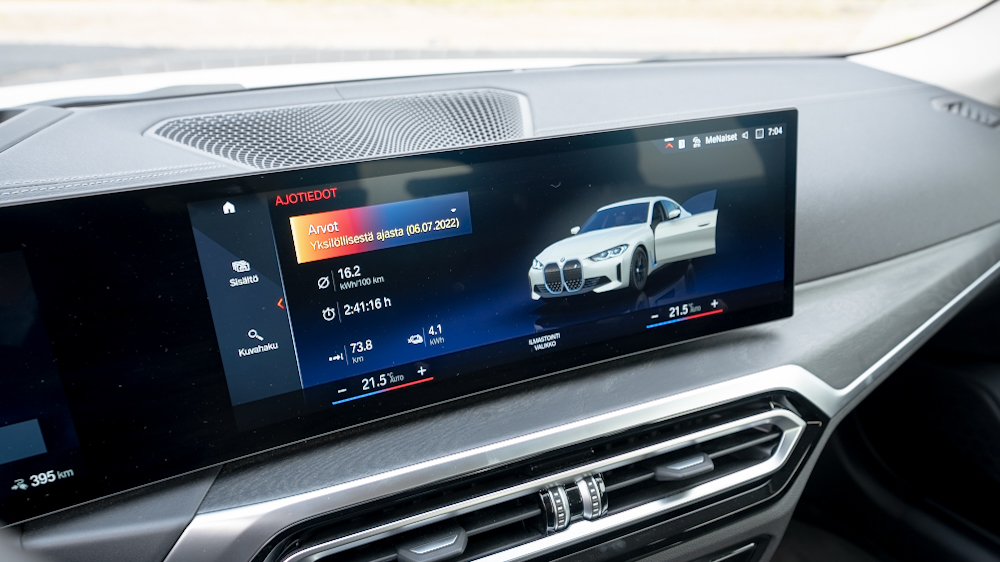
In terms of driveability, and especially in winter conditions, the eDrive40’s only drawback is its rear-wheel drive.
There is no four-wheel drive available from the list of options, at least at the moment, which one could hope for in a car with a starting price of €60 000. The i4 does have a four-wheel drive M50 power version, but its power figures, shorter range and much higher starting price do not cater for the ‘ordinary consumer’.

What warms the Finns’ hearts is the i4’s excellent traction for a car of its size. Braked loads of up to 1600 kg can be towed in the rear and the fully electric hook is effortless to use.
In the big picture, the i4 is an electrified 4-series and an unquestionably excellent (all-electric) car. For your money you get excellent quality and the best ride on the market, but you have to be prepared to compromise on interior space for size. You can also put a price on the manufacturer’s promise of a range, although this is not enough to justify the high price of the car and its accessories.

BMW i4 eDrive40
- Electric motor power: 250 kW (340 hp)
- Electric motor torque: 430 Nm.
- Acceleration: 5.7 seconds (0-100 km/h)
- Manufacturer’s stated combined fuel consumption: 16.1-19.1 kWh/100km.
- Manufacturer’s declared range (combined): 492-590 km (WLTP)
- Consumption during test drive: 14-19 kWh/100km.
- Maximum charging power (DC): 205 kW.
- Maximum charging power (AC): 11 kW.
- Deadweight: 2125 kg.
- Boot space: 470 l.
- Traction: rear-wheel drive
- Towing capacity: 1600 kg.
- Starting price: €59 500
- Price for test drive: €73 340
